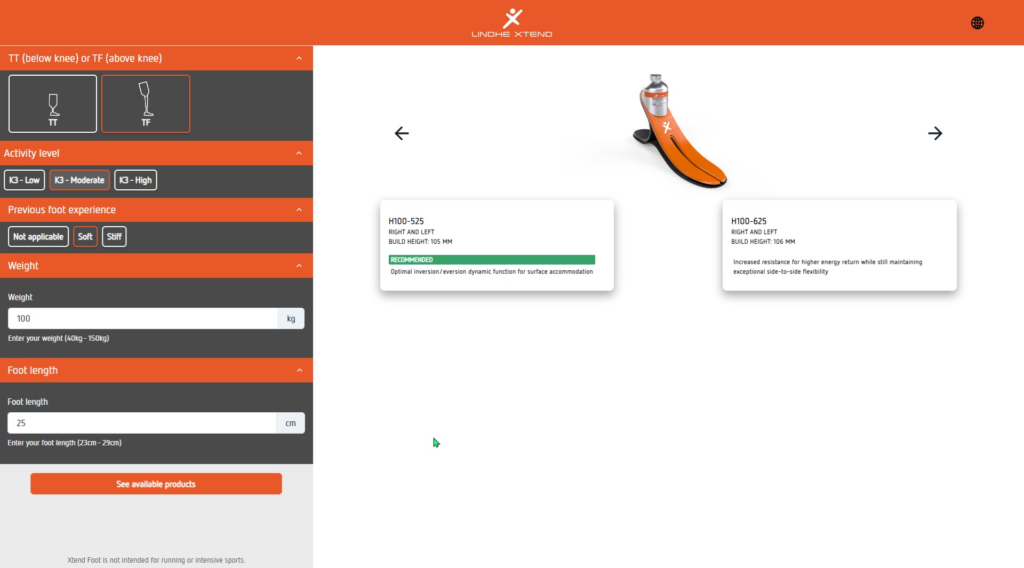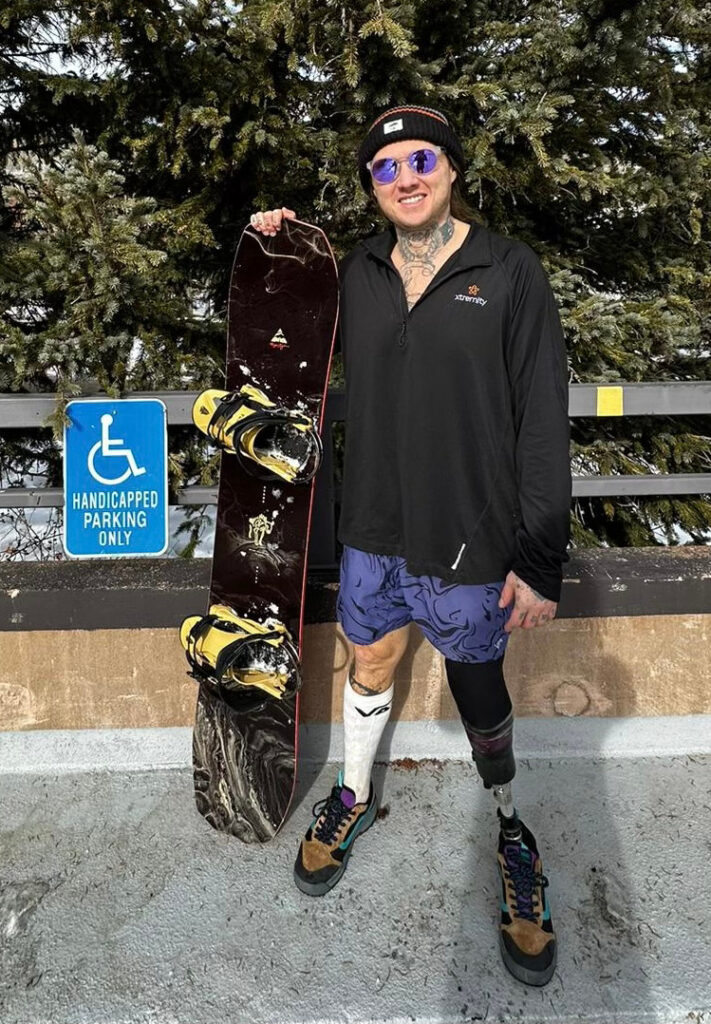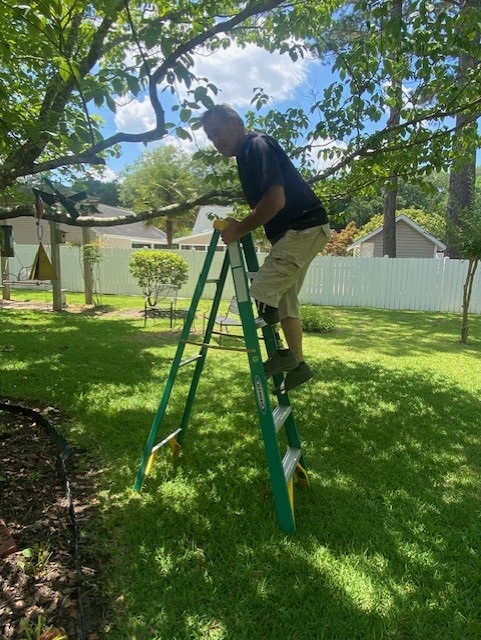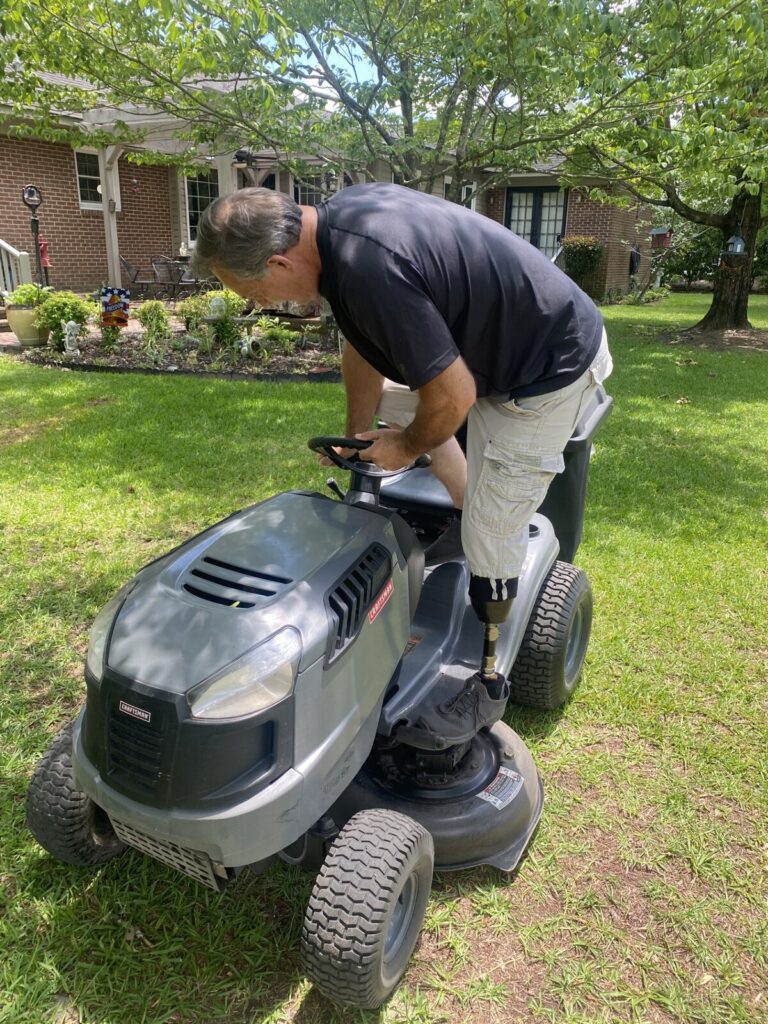Going through the experience of being a new amputee is never going to be easy as you’d like it to be. This is especially true if you used to live a fairly active life filled with hobbies and manual work. Thankfully, life doesn’t have to stop or completely change if you get an amputation because getting a prosthesis can get your overall function back to normal and perform just as well as you used to!
If you’re fairly new to the idea of having a prosthesis and are keen on maximizing its potential and improving your experience in the long run, then there’s no need to worry because there are a few key tips that you can apply right away. To jump back into your regular routine as quickly as possible, here are six tips that you use to improve and enhance the use of your new prosthesis:
1. Always follow what your prosthetist says
One of the easiest and most effective ways to ensure an easygoing and comfortable experience is always to follow your prosthetist’s orders for work. Dutifully following any recommendations and pieces of advice that a prosthetist gives will help with making all the necessary adjustments and guarantee a comfortable experience in no more than a few months!
2. Keep your prosthesis as clean as possible
Another effective way to cut down the adjustment period with your prosthesis is to keep every corner of your new limb as clean as possible at all times. Practising a few simple routines, such as wearing prosthetic socks regularly, putting on a shrinker overnight, and keeping the insides of your liners clean can make a huge difference in the overall experience with your prosthesis.
3. Call your prosthetist right away if you’re having any issues
When it comes to living every day with your new prosthesis, it’s important to act on any slight issue with comfort, fit, or skin issues right away because small issues can easily grow into bigger ones if they aren’t treated. After you get your final fitting done, make sure to stay in touch with your prosthetist regularly and don’t forget to ask questions!
4. Wear your prosthesis every day
Admittedly, it can be quite tempting to take your prosthesis off every chance you get because of how uncomfortable the entire experience can get. It is important, however, to wear your new prosthesis at all times because it will only get comfortable with daily use as your body accustoms to the feeling much faster.
5. Watch your weight
Know that your weight plays a significant role in how your prosthesis feels since your body’s composition can change when you gain weight, essentially leading to various forms of discomfort. The first few weeks after the amputation period, in particular, can either make or break the entire experience as the sudden inactivity can lead to increased fat, so make sure to keep your weight under control!
6. Set goals for wearing your prosthesis
Holding yourself accountable by setting goals and doing everything you can to achieve them will make the entire experience of using a prosthesis much more comfortable in the long run. Certain goals, such as exercising more, walking farther, and adding more challenges to use your prosthesis, are great ways to speed up the acclimation period!
Having a prosthesis is a life-changing experience for anyone to go through. By applying the right tips, you can live normally again as you did before the amputation! By following the tips mentioned in this article, you won’t have to feel any more discomfort or pain with using your prosthesis after a few short months!
If you are looking for foot prosthesis solutions after getting foot amputation, get in touch with us today! We’re happy to help.












